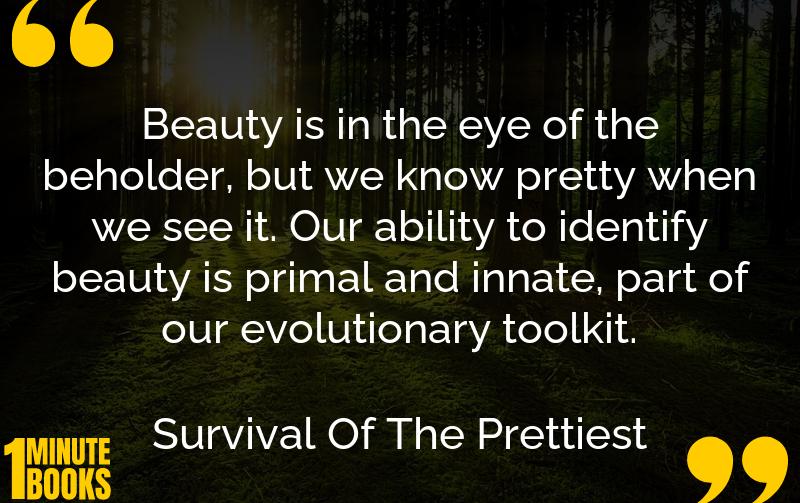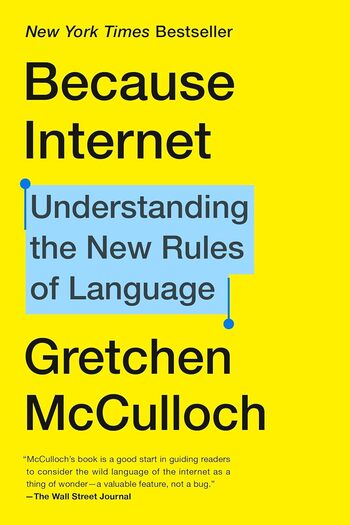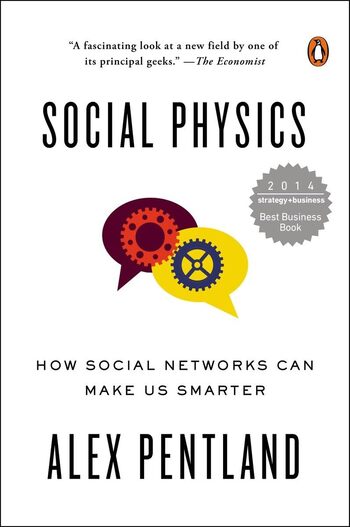
Exploring the deep-rooted attraction to beauty, Nancy Etcoff argues that our perception of physical appearance is an innate survival mechanism. She challenges the notion of beauty as mere social construct, examining its biological and social impacts.
Main Lessons
- Beauty influences how we perceive and treat people, leading to disparities in treatment and opportunities.
- Our attraction to beauty is primal and hardwired, not merely a social construct.
- Physical attractiveness can aid survival by attracting care and mates.
- Beauty can lead to social advantages, like favorability and special treatment.
- Attractive people often receive positive biases, impacting their self-perception and patience.
- Studies show babies recognize and are drawn to attractive features innately.
- Beauty can promote species survival by making individuals more desirable mates.
- Symmetrical and healthy-looking faces are universally found attractive.
- Cultural perceptions and societal pressures shape but do not solely create beauty standards.
- A holistic, interdisciplinary approach is necessary to fully understand beauty’s role in society.
- Physical attraction’s basis in biology illustrates its fundamental societal functions.
- Attractiveness research reveals benefits often extend beyond simply aesthetic appeal.
- Beauty’s role in natural selection includes possessing traits indicating health and fertility.








